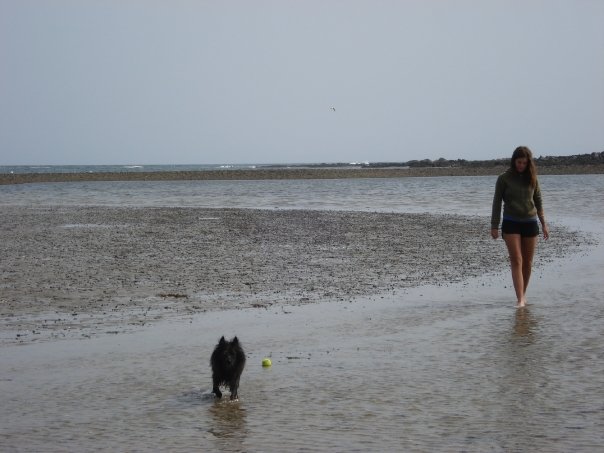Tree planting was my summer job. Up in Northern Ontario, I spent my days walking the slash burned, chemically killed, unscarified land that was once a lush forest, planting trees every seven feet. Making an average of ten cents per tree, I often daydreamed of the non-monetary costs of deforestation; the effects it has on biodiversity, natural habitats and greenhouse gas emissions. “Deforestation is the permanent removal of forest cover from an area, and the conversion of this previously forested land to other uses” says Natural Resources Canada. Deforestation is such a large industry because of the value of trees and the land they reside on as a scarce resource. Timber and other tree-related products such as paper are valuable products in our global economy, as well as: clearing forests for agricultural needs, housing, and industrial and urban infrastructure. Deforestation is without a doubt, a lucrative endeavor.
Deforestation is a phenomenon that dates back almost half a million years—ever since humans began deliberately making fires. Many think deforestation to be a modern activity, beginning somewhere in the nineteen fifties when tropical rainforest began to disappear. However, the only thing that has changed since the mid twentieth century is the escalation to scale of this primitive activity—it is now possible for mass deforestation to take place thanks to new technologies and a more demanding marketplace. The scarcity of trees and the land they occupy as a resource is increasing; therefore the demand for this resource is increasing as well—making deforestation a large industry that is highly competitive. Light has been shed only recently on this ancient practice because of the sensitivity of our environment and the irreversible damage deforestation has imposed upon it.
I know all of the above, however I also know that if i push myself from 7am to 6pm I can plant $500 worth of trees. Pushing myself however, means clearing my mind, not getting distracted by wilderness sightings, not collecting moose antlers as I encounter them, and essentially, not stopping for a lunch break. Doing all of this means, not being true to myself. I love the wilderness, and everything associated with it. Most would believe this to be enough to be a successful tree planter: sleeping in a tent, void of any sort of regular hygiene practices, and planting outside all day every day regardless of snowstorms in June, are things only Nature lovers can endure. The opposite, however is how I feel. When I plant, although the brutally laborious work and harsh conditions are greatly rewarding, I dispose of my nature-loving self, and adapt a money-hungry demeanor. Its the only way I can justify traipsing over kilometer upon kilometer of scarce brown land full of felled trees, sawdust and discarded liquor bottles. So if you are someone looking for a prosperous career in tree planting, prepare yourself for mother nature punishing you for what our kind has done to her. Expect the harshest conditions and a devastating landscape, and remember, to leave your tree-hugging hippy persona at the door. The costs of this industry are much greater than ten cents per tree.
Beyond the environmental impacts, as a tree planter, you can expect to see a dramatic decline in your personal values and self dignity. Funneling bottles of wine, giving yourself DIY tattoos and sitting around a bonfire of burning baby trees, letting their chemically fertilized soil emit toxic smoke into your eyes and lungs are not below you. You WILL pick up smoking, and you WILL hate trees by the end of your experience. You WILL also come frighteningly close to death by insect bites/stings (see image below) and consider feeding yourself to a Grizzly or a rattle snake as not to feel the ridicule from your crew mates if you simply 'quit.' You WILL hang out at a laundromat all day on your only day off, and consider a half-star Northern Ontario motel paradise. This can only be justified, potential planter, should you make lots of money. Put your head down, clear your mind, Good luck.


